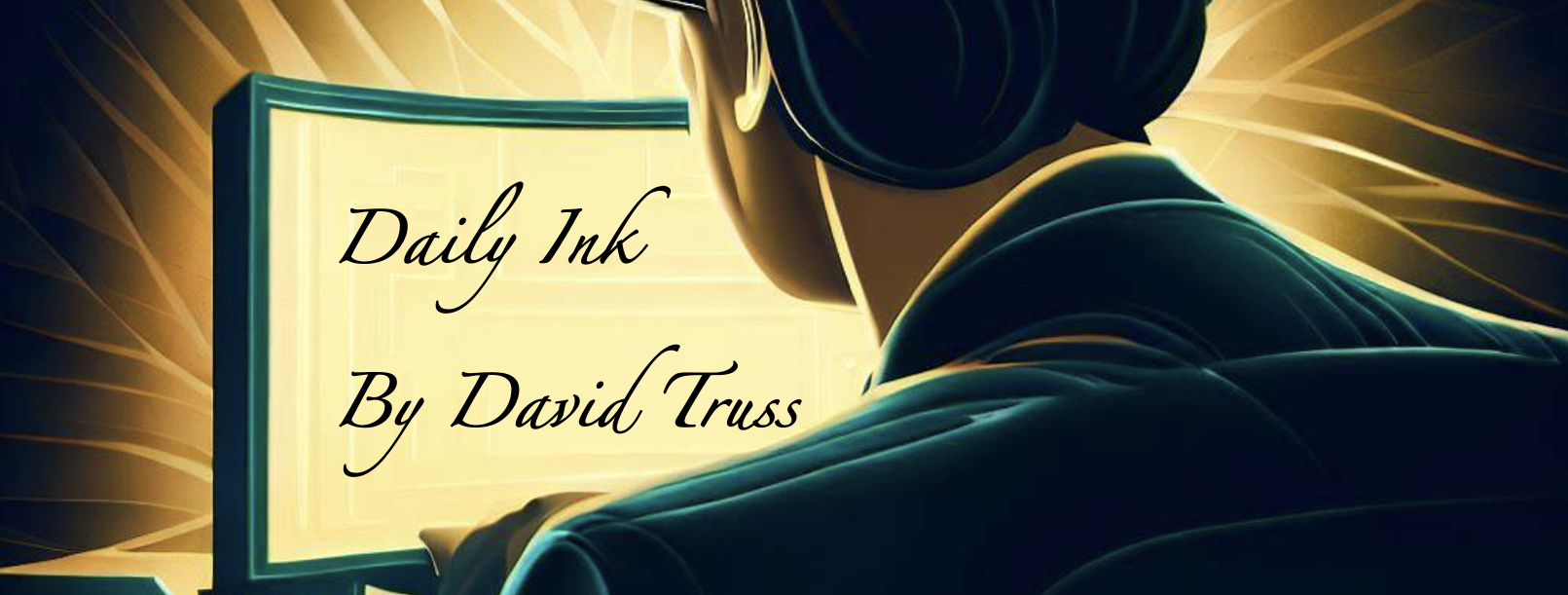My morning meditation included this quote:
“We are sitting under the tree of our thinking minds, wondering why we’re not getting any sunshine.” ~ Ram Dass
It’s interesting to think about some of the negative loops we play in our mind:
Self doubt – I’m not good enough. I can’t do it, it’s too hard for me.
Regret – Both for the things we’ve done, and the things we wish we did.
Sadness – for things we’ve lost, for uncomfortable moments that happened in our lives, and also just in our minds.
We put up our own shade while wondering why the sun doesn’t shine on us… and we do this without ever leaving our own thoughts. But we aren’t always in control. The dark spaces can grow, the shade can seem to be daunting. Grey, stormy clouds do not allow the sun through, even if we get out from under the tree.
“Smile.”
“Snap out of it.”
“Just think happy thoughts.”
It’s so easy for someone who sees sunshine to toss out simple advice to those who are stuck in the gloomy shade. But it’s so hard to have the advice of others penetrate the shade we cast on ourselves. When we are stuck in the shade, we do not feel in control of navigating to brighter spaces in our minds. If we did… we would, if only it were so simple.
—
However it is important to remember that we are not our thoughts, our thoughts are not us. If we can recognize this, we can create some cognitive dissonance. We can separate the elements of shade we create in our heads from the shade we are experiencing. We can have doubts and still move forward, we can fake confidence and pretend we are more capable than we feel. We can act our way into a new way of thinking. We can choose to do something that reduces regrets from the things done and not done. We might not feel happy, but we can choose to see our sadness rather than live it, to observe it from a place where it does not grip us so tightly.
So easy to say, when one is not feeling down, when not depressed, when we see potential in ourselves and others… So far away from achievable when we are in the midst of shadow, gloom, and despair. We do not think our way out of bad thinking so easily, we do not break the loop from within the loop. When everything is spinning around us, it can feel like nothing stops moving even if we can stand still. We can’t un-think our own thoughts so easily.
Yet we can act differently, we can choose what to do when we can’t choose what to think. We can take a walk in nature, we can connect with a friend who makes us feel better. We can read a book that takes us to places our minds didn’t know we could go. We can dress in a way that makes us feel empowered. We can do a kind act for others and feel the endorphins that is the reward for selflessness… for not just thinking for and about ourselves.
We can exercise, not to transform our bodies but to transform our minds… not a gruelling workout to make ourselves more fit, but short spurts of activity to change our heart rate and clear some clouds. Activity vignettes that alter our physiology, and get us out of a rut.
We can pattern what we do to pattern what we think, rather than the other way around… Routines can be ruts, and routines can be grooves. We can find physical grooves that helps us out of mental ruts. We can act our way into new thinking when we can not think our way into new action… because the shade won’t think itself away, and sunshine does not fill the shadows when we choose to create our own clouds.
It’s not what we think, but what we do that makes a difference, and action is what moves us from underneath the shady trees of our minds.
Like this:
Like Loading...










